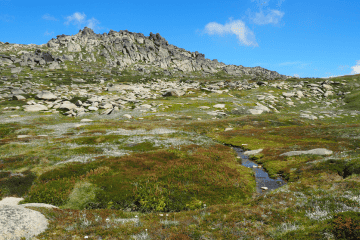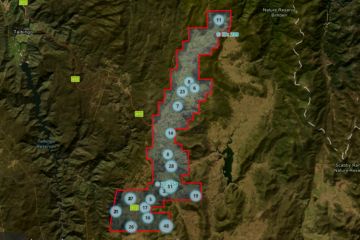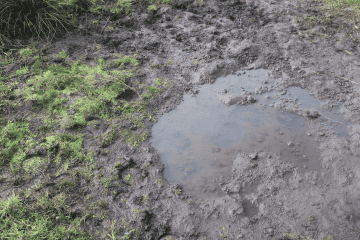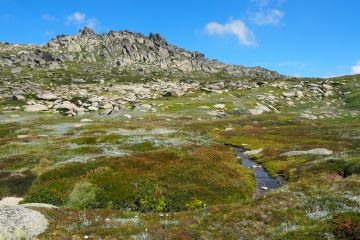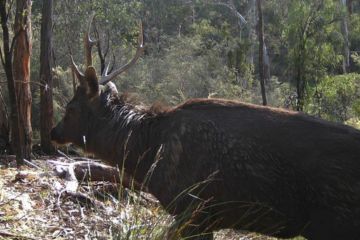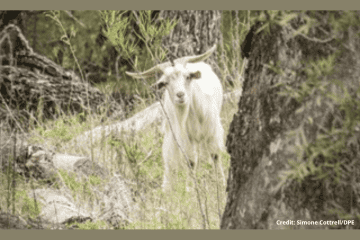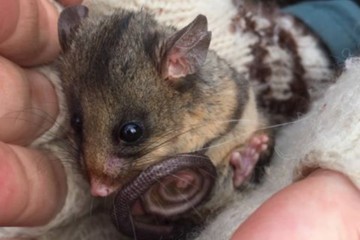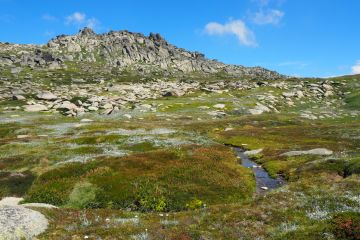
Statement on ABC Ombudsman’s finding that ABC breached accuracy and impartiality standards with report into feral horses
The ABC Ombudsman has released a rare, scathing report which finds the ABC breached the Corporation’s editorial standards for accuracy and impartiality when reporting on the issue of feral horses in Kosciuszko National Park.






